The Five Cenotes
Ox Bel Ha cave exploration project August 2022 – August 2023
Ox Bel Ha is one of the largest underwater cave systems in the world, with many hundreds of kilometers of known passages. It is located south of the town of Tulum in Quintana Roo, Mexico. The cave has been actively explored by cave divers for more than 25 years, but new discoveries are still made quite frequently, even today.
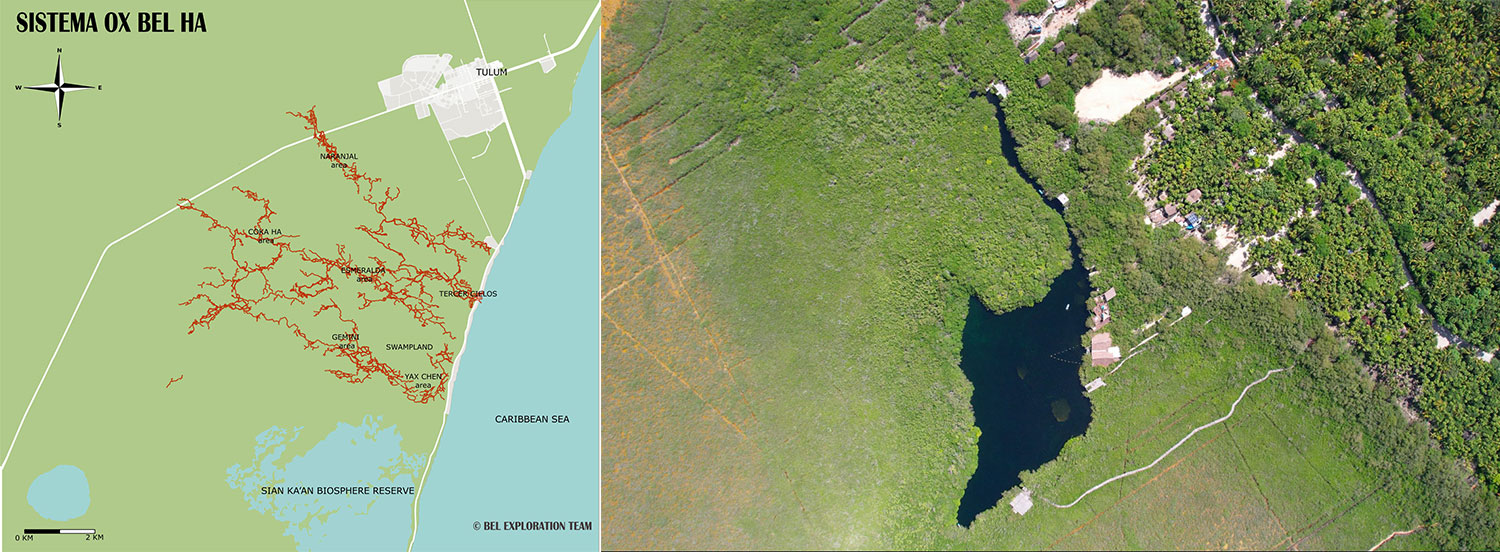
After a diverse and successful exploration year, the BEL team moved on to other interesting areas of Ox Bel Ha late last summer. The objective was to resurvey existing lines upstream, northeast of the Gemini area, at slightly greater penetration distance than usual. Our old survey data ended around 3.1 km upstream from our starting cenote, which is called Yax Chen. We also hoped to find undiscovered areas of the cave, which could be pushed and explored. Since the majority of the tunnels were huge, the team has used mainly GUE open-circuit backmount configuration.
Shortly after additional recon and survey, the end of an old southwest tunnel seemed to end in front of a densely decorated row of columns. The team carefully navigated the space between the cave formations, and after two narrow turns, the cave apperared to be opening up. There was not much flow present, and tannic water was stuck on the ceiling, but the size of the cave gave us hope for more exploration.
Pushing forward, we laid 1,275 meters of new line here during in dives that followed. The beginning of this section consists of white colored limestone walls, and the first 200 meters are very well defined. After this, the cave started to spread downstream in multiple directions. One side tunnel continued for another 250 meters below the halocline, into the saltwater. Here the cave is very beautiful, with lots of stalactites and stalagmites covering the ceiling and walls. Sadly, as this part of the cave descended deeper, flow completely stopped, and the tunnel ended in tiny saltwater passages at 23.5 meters of depth.
The southeast off-branching of the new main line looked more promising, as it stayed in the freshwater part of the system with slightly more flow. Smaller, siltier sections followed until the cave opened up again before ending in a massive collapse.

After this, about 4.8 km upstream from our starting point, the cave appeared to open up to the east. “Open up” might be an overstatement, however: Our newly discovered corner was barely wide enough to continue in backmount configuration, but the flow made it worthwhile to keep moving ahead. Finally, after 150 meters of new line, the cave really opened up, and we popped into a massive freshwater room with dark decorations and gray-colored sediment hills.
We decided that the best option would be to return later and try to find a better route to the same big room. At a penetration distance of nearly 5 km, you would like to use the easiest and shortest path, especially if you plan to come here quite frequently to explore the new area. Fortunately, on the next dive we managed to connect back very easily and quickly into an existing line nearby.
The next goal for the team was to expand the newly discovered area further upstream to the northeast. The main tunnel here went for another 300 meters and in some corners had an unexpectedly high flow for Mexican caves in this region.
Toward the end, we found a large sediment hill to the east, with a narrower tunnel behind it and plenty of percolation from the ceiling. Since we still had gas left, we decided to follow this lead. After two more turns, we ran into a very silty major restriction, apparently with a room on the other side. Although we had managed to pass the initial tight section, we now had a new restriction at a penetration distance of 5.1 km to deal with.
We therefore spent the following dives checking out other leads nearby, in the hope that maybe at least one of them would go around our restriction. Sadly this was not the case. We had to take on this new challenge.
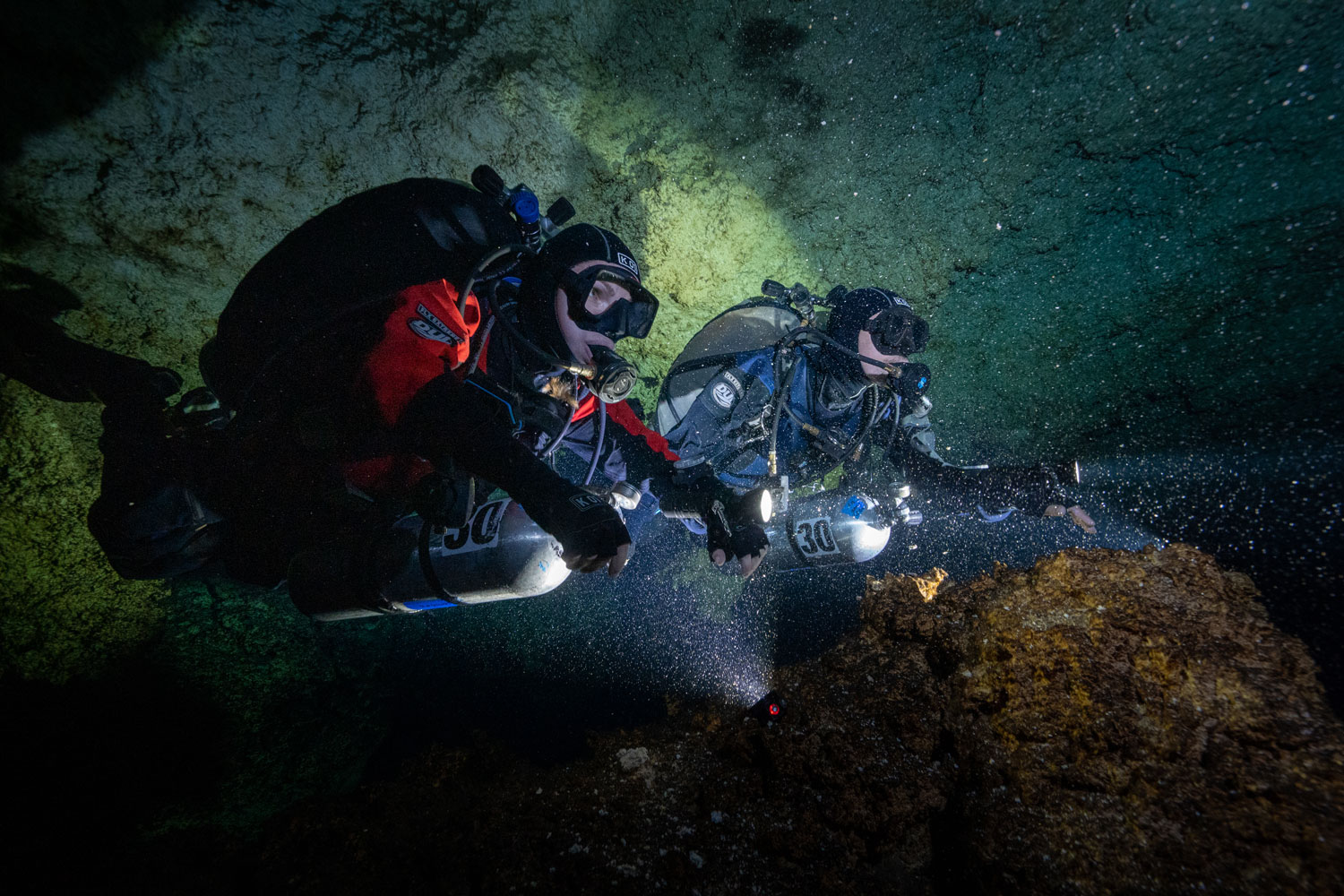
Past the restriction, the cave stayed small and took quite a few hidden, awkward turns, often going through old collapses. The rock was very porous and soft, and we had to be very careful with our survey and line work to avoid loss of visibility due to percolation from the ceiling. To our dismay, we faced another major restriction after only 100 more meters. Unlike the previous one, this one was solid rock, but it was even smaller in size.
After this squeeze, the cave opened up. The tunnel looked similar to the one before the first restriction, both in size and features. We followed it for another 250 meters, where we found yet another massive room. We chose a direction (south) and pushed as long as we had line. The cave just stayed huge and traveled in and out from halocline while offering a lot of leads along the way. We tied our last bit of line down after another 250 meters, having penetrated a total 5.7 km from our starting point.
All of us agreed that we would like to keep exploring despite the challenges, and try to make the challenging section as comfortable as we could. Identifying a slightly bigger opening in the west wall of the restriction seemed like a good starting point, and we moved the line there. The next set of dives focused on the early leads on the far, cave side of either restriction, as we hoped that there could be a separate tunnel nearby which avoided all these complications. Pushing ahead this way led us to the discovery of the first new cenote we found in this section, named Cenote Ciego.
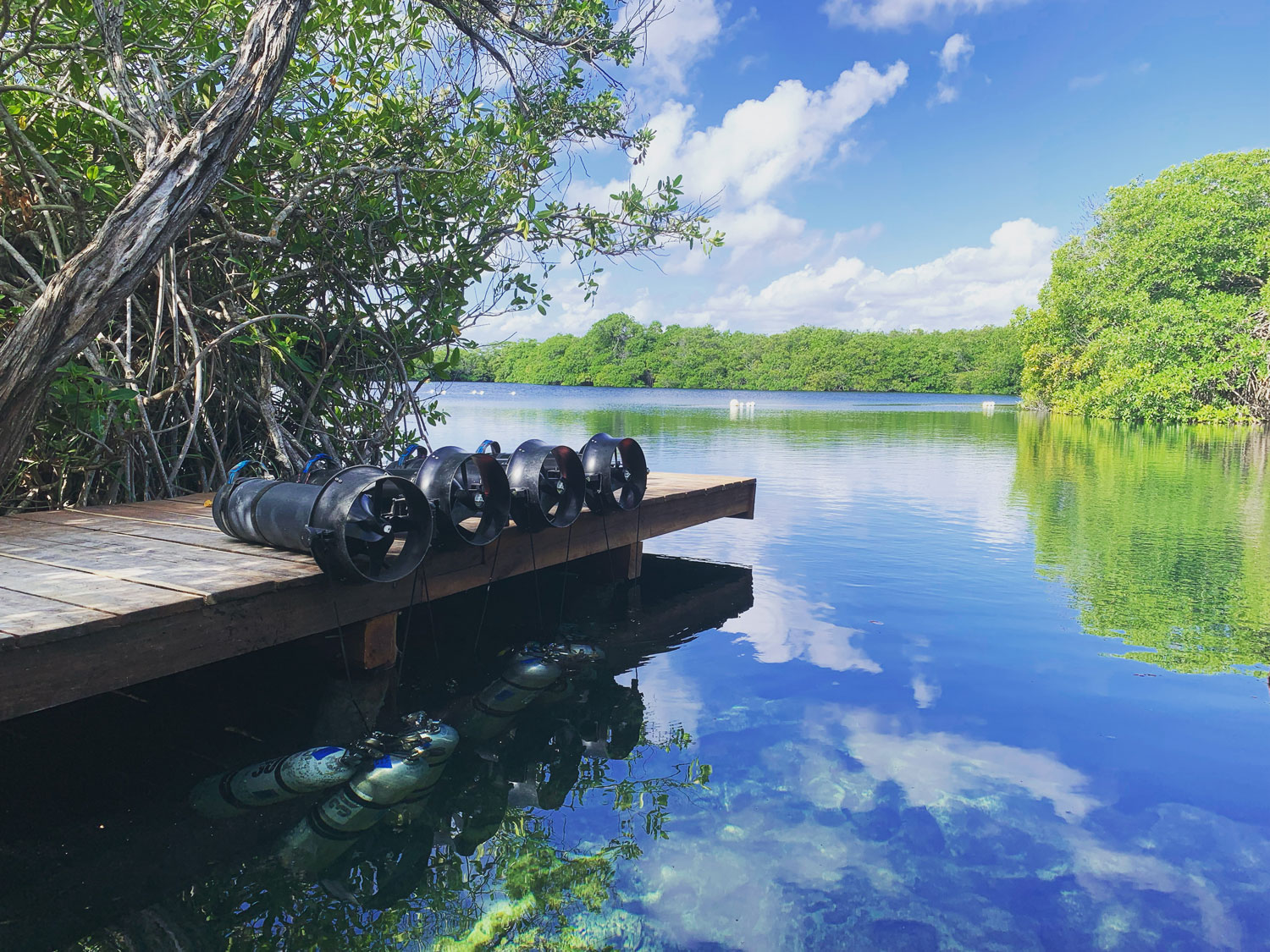
Initially, the idea of traveling several times for more than 5.5 km with 2 major restrictions at 5.1 km, in doubles, with 4 stage cylinders and 2 DPVs per diver was quite intimidating. Yet the more we had to deal with all this, the easier it got. The next few push dives went really well. Our goal was to go southeast first and check where the water flows. On the first dive, we discovered three additional cenotes, named Turleshell, Sunhole and Silty. It looked like all of them were circling around one major collapse, also visible from the satellite images. The furthest southeast corner of this part of the cave had organic sediment and contained the biggest collapse. Later, pushing the cave further to the northwest and northeast turned out to be challenging in a different way: The cave kept going longer, but the only opportunity to continue was if we committed to the saltwater section. The challenge was that salt water sections tended to be much deeper than the fresh, resulting in greater gas consumption and consequently, limiting our time there.
Here, one of the biggest and most beautiful saltwater tunnels we had seen so far appeared before our eyes. To our luck, conditions were very good, and the tunnels stayed big until the end. It looked like northwest would be the best path to take. Surprisingly, after a 210 meters distance, the huge well-defined straight passage ended in another collapse. Another special aspect of this dive was that we managed to reach a penetration distance of 6,370 meters. After wrapping up some final leads in the area, this section totaled a network of 6,145 meters of new line.
Finally, in August of 2023 we managed to focus our efforts on the many remaining leads to the northeast of the Gemini area. Since many of the leads were less promising and smaller, the team switched to GUE open-circuit sidemount configuration. In the end, the final month’s effort added a few more kilometers of new cave to the project, with at total of 10.1 km of new tunnels having been discovered. On one of the last dives in the area, we followed an old lead that led us to one more cenote, which we named Cenote Luise.
We would like to thank our supporters: Halcyon Dive Systems and Dr. Mario Valotta for equipment, Cuzel filling station for bottles and standard gases, and Derek Zhi with Felix Rodriguez for photos and video. The divers on the BEL Team are Bjarne Knudsen, Emőke Wagner, and Laszlo Cseh.
About the author
The BEL exploration team was formed in 2019 with the main goal of further extending the Ox Bel Ha cave system, which is one of the largest cave systems in Mexico.
The name BEL represents the team members first-name initials, and “Bel” in Mayan translates to “path.”

Emöke Wagner is originally from Hungary and began diving at a young age. She has been an active instructor since 2014. After a few years spent traveling around the globe, she moved to Mexico in 2017. While living in Mexico, cave diving became her real passion, and she began exploring more of the local cave systems. Emőke has been working as a full-time GUE instructor since 2016.
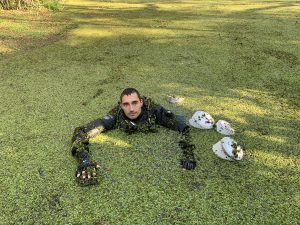
László Cseh is from Hungary and has always been fascinated with the underwater world. He became a recreational diving instructor in 2012 and began teaching and traveling. After becoming a GUE instructor in 2016, he moved to Mexico to look for new diving challenges. Local cave exploration helped him achieve his GUE Cave instructor certification. Laszlo is teaching GUE Cave 1, Cave 2, and Cave Sidemount.
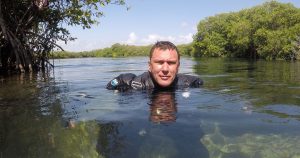 Bjarne Knudsen began diving in 1993, took his first tech classes in 1997, and his first GUE Cave and Tech classes in 1999. He has been part of the GUE community since the early days. In the early 2000s, he spent some years in Florida, where he was a part of the WKPP. During this time, he also pushed Sheck Exley’s end of line in the Cathedral Cave system, together with Todd Leonard (and a lot of support from friends). Bjarne and his wife are currently on a slow world cruise on their sailboat. Over the last few years, kept getting stuck in Mexico and the surrounding countries, which offer plenty of excellent diving.
Bjarne Knudsen began diving in 1993, took his first tech classes in 1997, and his first GUE Cave and Tech classes in 1999. He has been part of the GUE community since the early days. In the early 2000s, he spent some years in Florida, where he was a part of the WKPP. During this time, he also pushed Sheck Exley’s end of line in the Cathedral Cave system, together with Todd Leonard (and a lot of support from friends). Bjarne and his wife are currently on a slow world cruise on their sailboat. Over the last few years, kept getting stuck in Mexico and the surrounding countries, which offer plenty of excellent diving.


